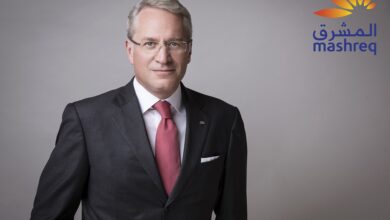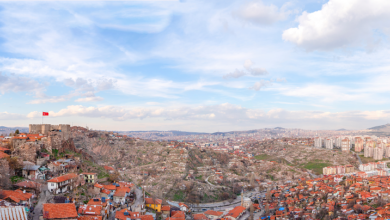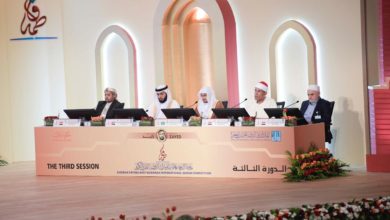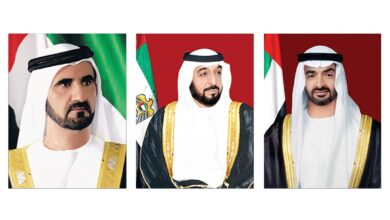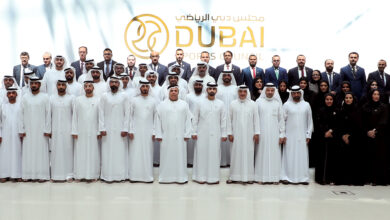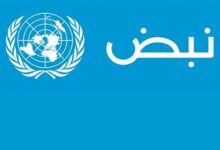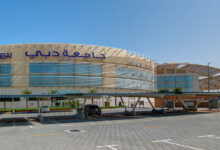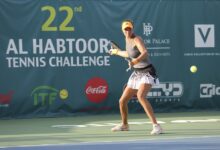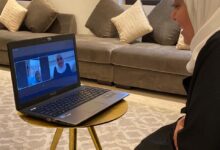
The World in Ramadan features other cultures’ Ramadan rites and tradition
Dubai, United Arab Emirates
Sallam Sallam
In its first week dedicated to the participation of the Middle East and Asia, the World in Ramadan hosted a diverse group of artists, poets and craftsmen who presented outstanding and different performances in order to highlight the cultures and customs of the people and highlight the practices in order to highlight their practices during the holy month of Ramadan. The World in Ramadan is an event under Ramadan Dubai, a project organized by the Dubai Islamic Affairs and Charitable Activities Department which carries the theme” Ramadan Dubai Compassion and Coexistence.”
A group of Syrian members at the Emirates International Business Club presented a distinctive Syrian day with a collection of works of art, including poetry poems, paintings, sculptures and ancient pieces of glass, textiles and embroideries. In the presentation of the Syrian State, on the cradle of civilizations between the past and the present, Dr. Dana Al-Duwaihi drew the attention of the audience as she shared the diversity of the Syrian dialects in different residential areas and their natural environments.
The Ramadan World is one of the highlights of the Ramadan Dubai program, which is open daily to the public from 10 am to 1:45 pm and continues until the 20th of Ramadan at the waterfalls area of Dubai Mall. The platform includes a variety of elements including an area for photography in traditional costumes, Arabic calligraphy, children’s workshops, handicrafts, interactive displays, and theater area.
The handicrafts corner presented a range of handicraft works such as ceramics, clay sculpture, tali, saf, ajami, ornaments.
The Arabic calligraphy Corner has witnessed a clear demand from the public to write their names in beautiful Kufic script and other authentic Arabic fonts, in addition to following the artists’ works of oil painting, painting on glass, free traditional painting, charcoal painting, painting on canvas and painting on hands.
The theater area included traditional games and competitions, puppet theater and hakawati, as well as a theater representation of Arabic dialects and representative poetry, a recreational awareness play for children with diabetes and how to adapt during the fasting period.
